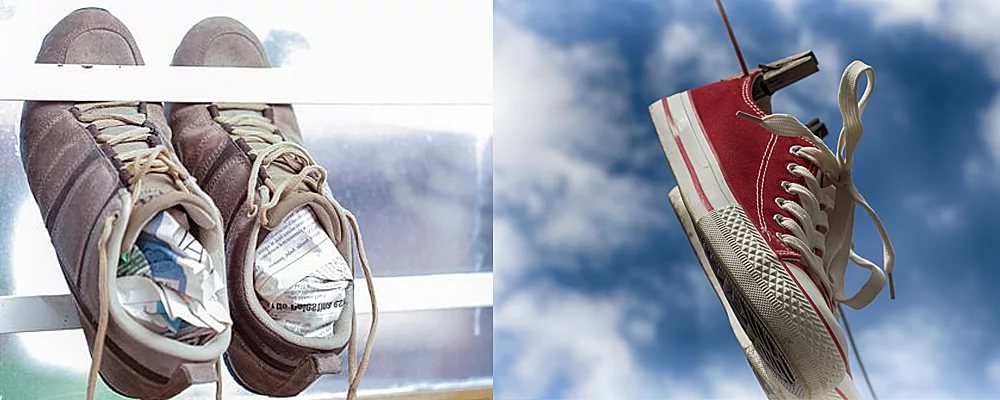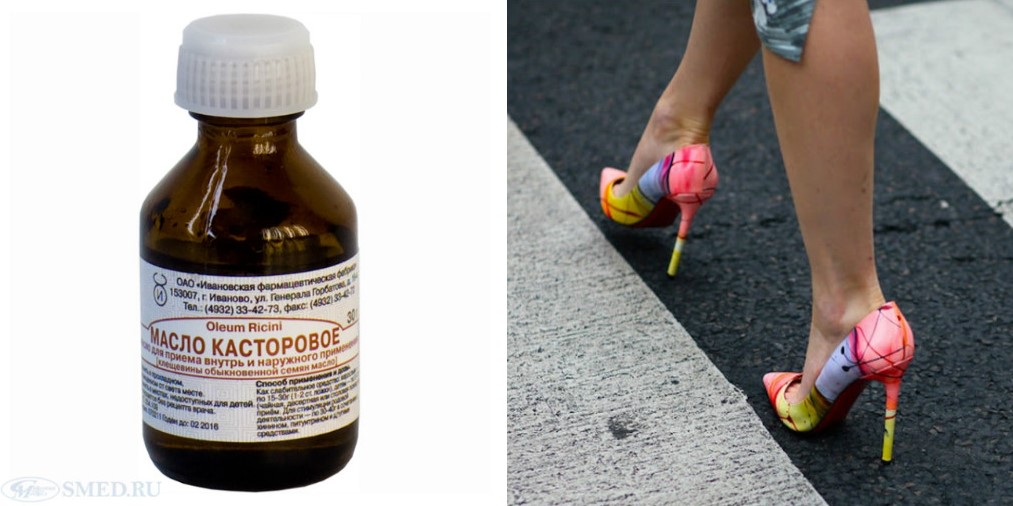 Often, along with a new pair of shoes, the buyer receives a squeak. When walking, the shoes make unpleasant sounds, this embarrasses and worries the owner. If a defect is discovered in the store, it is better to exchange the product. But sometimes a new thing is bought in a hurry, and the defect is only discovered at home. If you like the shoes, you don’t have to part with the item you purchased. You can get rid of noise when walking on your own.
Often, along with a new pair of shoes, the buyer receives a squeak. When walking, the shoes make unpleasant sounds, this embarrasses and worries the owner. If a defect is discovered in the store, it is better to exchange the product. But sometimes a new thing is bought in a hurry, and the defect is only discovered at home. If you like the shoes, you don’t have to part with the item you purchased. You can get rid of noise when walking on your own.
We will tell you what to do to stop leather shoes from squeaking.
Why do shoes squeak?
First of all, you need to understand the reasons. In most cases, a defective item makes annoying sounds for several reasons.

- The seams are overstretched. Defects in this category apply to stitched models. After wearing it in, the squeak disappears.
- Poor quality material. A similar flaw is typical for cheap leatherette shoes, poor leather.
- Ingress of various stones and grains of sand into the product during production.
- Problems with bonding heel, insole or sole. Noise coming from the heel or sole is a sign of a low-quality model.It is better to exchange the goods or take them to a shoemaker.
- But even a high-quality pair with a decent period of wear can begin to creak over time. The causes of the defect are: peeling of the heel or insole, wear of threads and material.
Important! Observation is necessary to determine which part of the product is making the noise.
If shoes squeak regardless of whether the surface is flat or not, this is a skin defect. When you move your foot, the material makes an unpleasant sound. The defect in the sole and heel appears when walking on an uneven surface.
How to get rid of a squeak
You can eliminate the annoying sound yourself at home. Depending on where the defect occurred, there are different options for processing products.
Application of heat
Old boots, boots or shoes, after getting wet repeatedly, begin to make noise when walking. The problem does not arise if the owner thoroughly dries the shoes. A defect caused by dampness does not depend on the quality of the product.

It is important in such a situation to dry the wet pair well.
- Models with laces or a lock must be unlaced, the locks unfastened and placed to dry in a dry room or a special dryer.
- A hairdryer will speed up this process. You should wait until it dries completely and then check for noise.
- To speed it up, you can place wads of paper inside. If the sound occurs due to dampness, it is advisable to take care that the shoes do not get wet and are dry.
Attention! Do not place products too close to heating devices, including radiators. High temperatures can damage the sole and material.
Application of moisture
The use of liquids is indicated not only for breaking in a new pair, but also for eliminating squeaking. Wrapping shoes in a cloth soaked in alcohol or water solutions is effective.
Alcohol wraps soften the material. Pare used for new shoes that require breaking in.

- The product can be wrapped in fabric or treated with wet discs.
- After softening (several hours), the new pair must be dried.
- To consolidate the result, the procedure may need to be repeated.
Reference! Warm water will help get rid of defects. The outside of the shoes is wrapped in warm, damp cloth. The shoes or sneakers are left in this state overnight. The creaking disappears after breaking in the new product.
Artificial materials can also be treated with moisture.
Important! It is not advisable to treat suede, genuine leather, nubuck and rubber with alcohol and water. The use of these products can ruin the appearance of the shoes.
Lubrication
An effective method is to use fat, lard, and oils to process products. Unlike water and alcohol, this method guarantees longer lasting results. The following substances are used as lubricants.

Fat and lard
It is better to use when heated, this will help soften the fabric. Acceptable for goods made of artificial and natural leather, rubber. The fat base is absorbed into the fiber, eliminating dryness and tightness.
Fits for new and old shoes.
- It is recommended to apply goose or pork fat to the entire surface and leave until completely absorbed.
- If necessary, you can remove excess with a napkin.
- Wrapping the shoes in a cloth soaked in heated lubricant will also get rid of the unpleasant sound.
Drying oil or castor oil
Suitable for processing seams, insoles, heels.

- To do this, the oil must be heated and applied to the creaking areas.
- The shoes are pre-dried and warmed up.
Applicable for surface treatment of patent leather shoes.
Wax
Melted wax can treat dry leather and leatherettes, and also used to soften seams.
To get rid of sound, you should distribute warm wax over the product with a cotton pad or rag. Leave until dry. Excess can be removed with a napkin.
Special shoe lubricant
The most effective and efficient method of dealing with squeaking. When purchasing a substance, you need to focus on the type of shoe material.

The lubricant does not require additional heating and is convenient to use. Manufacturers produce various forms of the product: in the form of a spray, shoe polish, and others.
If the sole squeaks
The creaking of the sole can be confused with the creaking of the insole. In this situation, it is easier to replace the insole with a new one. If the cause of the sound is a defect in the sole, you can get rid of it in several ways.
Warming up with a hairdryer
You will need to remove the insole and warm the sole inside and out. Softening the sole will help temporarily cope with the defect.

Treatment with drying oil or castor oil
Performed after heating the shoes with a hairdryer. If heat treatment does not help, soak the cloth in heated drying oil and wrap the sole of the product.
It is better to treat leather shoes or boots with cotton pads in problem areas. PAt the same time, do not allow drying oil to get on the outside.
It is recommended to leave the shoes for a day, lubricating them periodically.
When the heel squeaks
It is advisable to return a new item with a defective heel to the store, since such a defect is difficult to eliminate at home.

Creaking in the heel is often a manufacturing defect (poor attachment, poor-quality base).Old shoes may produce an unpleasant sound due to loose or dry (friction) parts. For the first reason, you should contact a shoe repair shop. At home, you can lubricate the heel with drying oil or castor oil.
Folk remedies cope with squeaking shoes if there is no serious defect or breakdown of the product. It is better not to purchase new clothes that make unpleasant sounds. In most cases, this indicates low quality of the product.


 1
1





